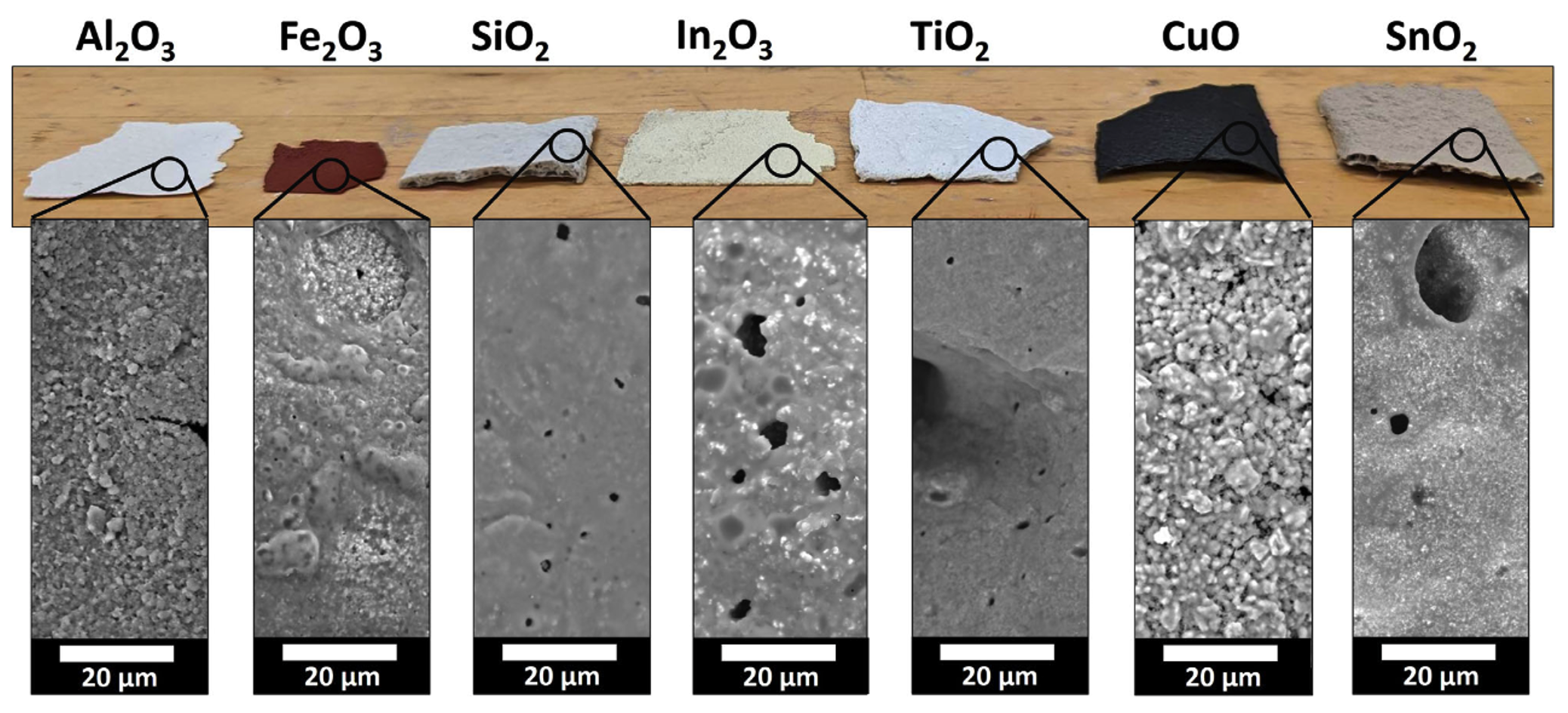RESEARCH
Photonic “Curing” of Chemically Bonded Ceramics

We have interest in the fundamental kinetics of ALD film crystallizations. For example, we have shown that TiO2 crystallization from the TDMAT / water chemistry is rate limited by the nucleation process, with crystal growth having a near-zero activation barrier. By identifying sub-oxidation of TiO2 being the chemical barrier to nucleation for thermal ALD, we were able to introduce an additional oxidation step to lower the nucleation barrier and achieve the lowest temperature and lowest thickness crystallization behavior for this chemistry via a thermal ALD process. We are also interested in creative ways to drive crystallization, including the application of pulsed heating between ALD dosing steps to independently control film crystallization (or epitaxial growth) using precursor that otherwise have low decomposition temperatures.
Additively Manufactured, High-Temperature Thermochromic Sensors

We have demonstrated the ability to print thermochromic ceramics (Cr-doped Al2O3) to make temperature sensors that warn a user that a component is too hot to touch. These ceramic thermochromics undergo a color change between 400 and 600 °C, a temperature range over which black body radiation is not yet very intense in the optical range and thus makes high temperatures hard to distinguish visibly.